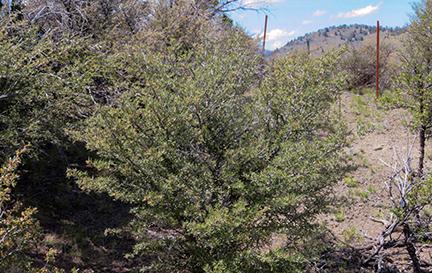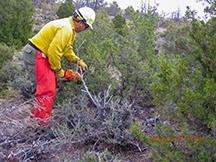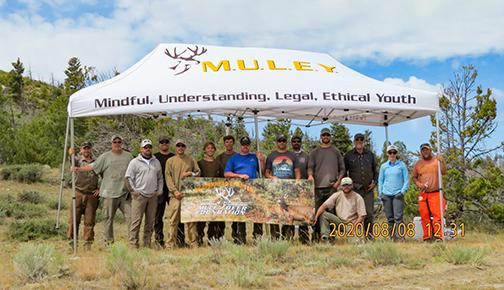Related Stories
- Aerial Sagebrush Seeding Helps Restore Robertson Draw Fire Burn Area
- On the Arizona Strip, Now is the Time for Fire and Fuels Work
- Aerial sagebrush seeding helps restore Robertson Draw Fire burn area
- Long-term partnership between BLM Fire and United States Air Force builds national firefighting capacity and accomplishes critical fuels work
- Connecting Utah students to public lands careers



